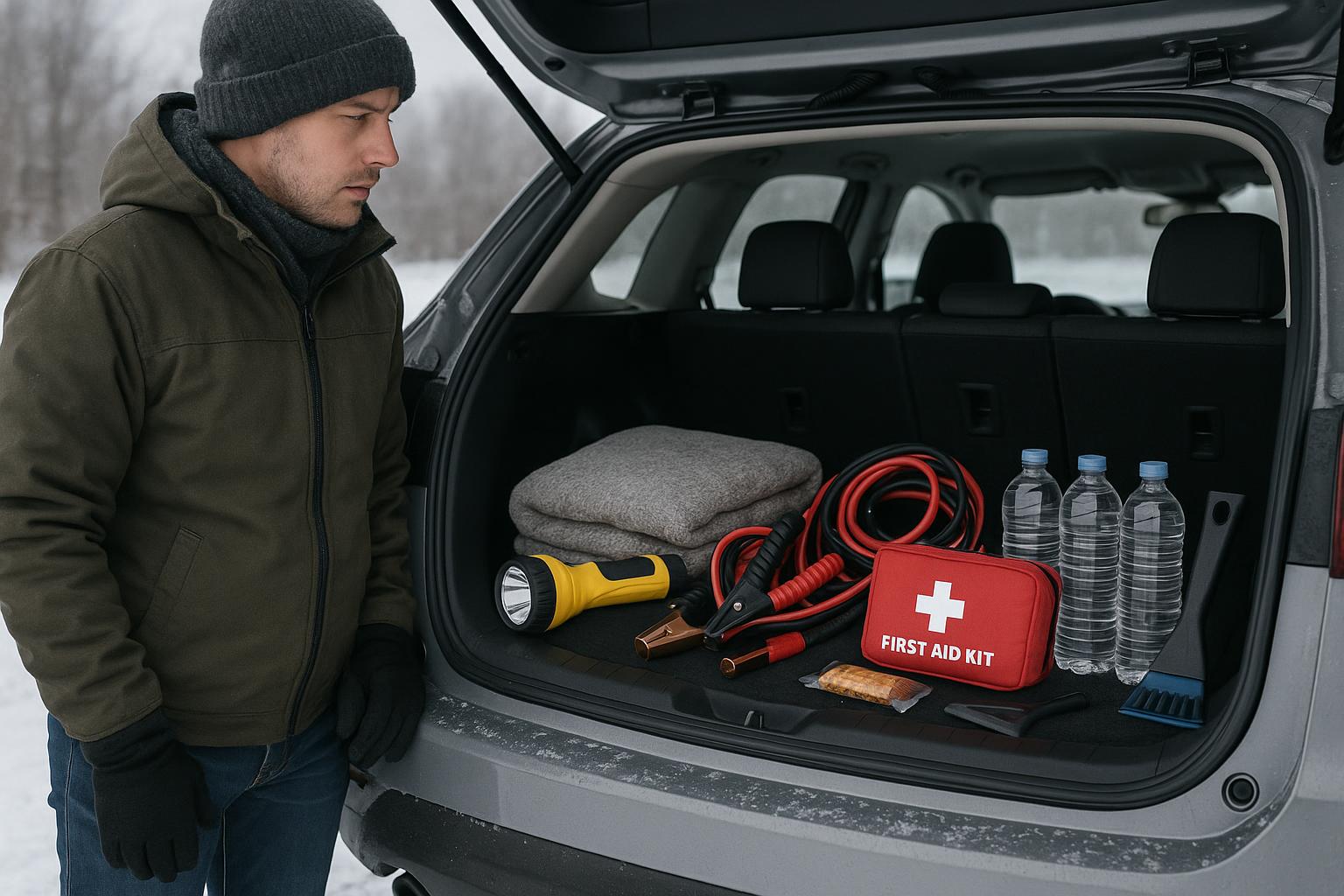Working outdoors in harsh weather conditions exposes workers to a variety of environmental elements that can severely affect their comfort, health, and safety. Among the most vulnerable areas of the body are the ears, eyes, and nose—parts that are essential for perception, communication, and overall well-being but are often exposed to extreme cold, wind, and other hazardous conditions. Protecting these areas with insulated gear is vital for those working in challenging outdoor environments, where neglecting even the smallest area of exposed skin can lead to discomfort, injury, or long-term damage.
In freezing temperatures, the ears are particularly susceptible to frostbite because of their limited blood flow and exposure. Insulated ear protection, such as thermal earmuffs or liners designed to fit under helmets, can prevent cold-related injuries while maintaining warmth. Beyond warmth, ear protection also guards against wind exposure, which can lead to ear infections or long-term damage if left unchecked. For workers in noisy environments, combining insulation with noise-cancelling features ensures that hearing protection isn’t compromised while shielding against the elements. Keeping ears covered and insulated is a key component in ensuring overall health and performance during outdoor tasks.
While eye protection is commonly associated with preventing injury from debris, chemicals, or UV radiation, it’s equally important for protecting against cold weather hazards. Strong winds, snow, and ice can cause painful irritation or even temporary vision impairment if the eyes are unprotected. Insulated safety goggles or glasses with anti-fog features are critical for maintaining clear vision in cold conditions, as they prevent moisture buildup and freezing that can obscure sight. For workers exposed to snow glare, tinted or polarized lenses provide additional protection, ensuring that visibility is maintained without sacrificing warmth or safety. In harsh weather, protecting the eyes from both environmental hazards and temperature extremes is vital for productivity and accident prevention.
The nose is another area frequently exposed to the cold, where prolonged exposure can lead to discomfort or more serious conditions like frostbite. Insulated face coverings or balaclavas are essential for keeping the nose warm while allowing workers to breathe easily in frigid temperatures. In addition to cold protection, covering the nose helps reduce the inhalation of cold air, which can dry out the nasal passages and increase the risk of respiratory issues. Ensuring that the nose is protected during outdoor work not only increases comfort but also helps maintain overall respiratory health, a critical consideration when working in extremely low temperatures.
The integration of insulated protection for the ears, eyes, and nose enhances both comfort and safety during outdoor work in cold environments. The combination of proper gear tailored for these specific areas enables workers to focus on their tasks without distraction from the elements. Insulated protection ensures that even in the harshest weather, critical sensory functions such as hearing, sight, and breathing are maintained at optimal levels, minimizing the risks of accidents or long-term health issues.
By prioritizing insulated ear, eye, and nose protection, companies can provide their outdoor workers with the necessary tools to not only stay warm but also perform effectively in demanding conditions. Investing in high-quality, insulated gear tailored to these often-exposed areas is essential for both worker safety and productivity.



